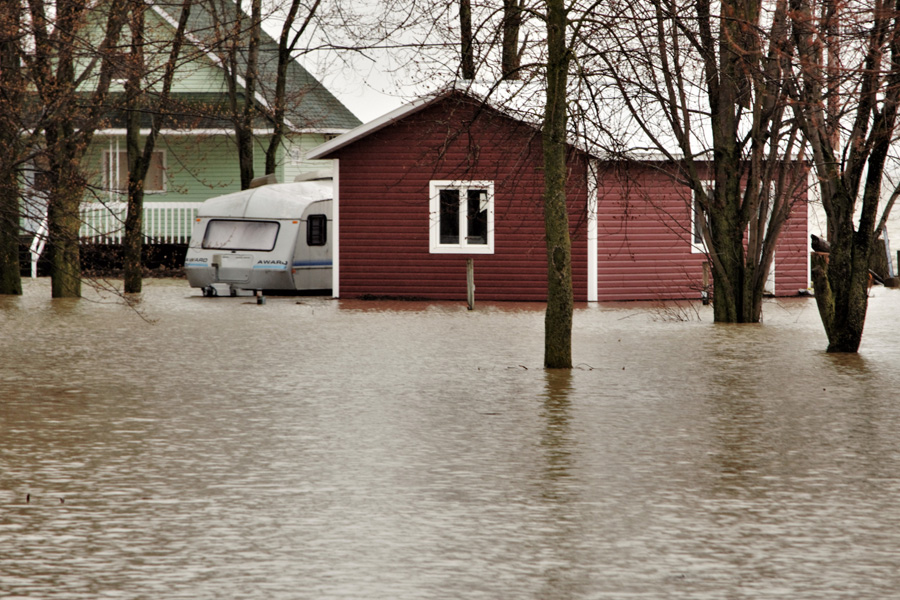Emond v Trillium Mutual Insurance Company, 2022 ONSC 5519.
Reading time: 6 minutes (approx.)
By: Weston McArthur (Articled Clerk)
In April 2019, the Emonds’ home was washed into the Ottawa River by flooding. The Emonds had a homeowners’ insurance policy with Trillium Mutual Insurance Company (“Trillium”). This policy included guaranteed rebuilding cost coverage (“GRC”). The Emonds could elect to have Trillium pay for the complete reconstruction costs of the home “if [they] repair or replace the damaged or destroyed ‘dwelling’ building on the same location with materials of similar quality using current building techniques within a reasonable amount of time after the damage” [para 17].
The GRC was subject to various exclusions. Justice Bell explained that one of these was “an exclusion for the increase costs of repair or replacement ‘due to the operation of any law’” [para 1]. Notwithstanding this, the judge noted that there was “additional building by-law and code compliance (‘BBCC’) coverage up to $10,000” [para 1].
When the Emonds’ submitted their claim to have their house rebuilt pursuant to their GRC, Trillium rejected it. Trillium offered a smaller amount of money, arguing that the cost of reconstruction had increased because of building regulations. The increase in cost was above the $10,000 of additional coverage mentioned above. The Emonds rejected this offer and filed an application with the Ontario Superior Court of Justice to have Trillium pay out the entirety of the GRC.
Trillium’s position was that the GRC violates the indemnity principle, but Justice Bell disagreed. He quoted from Carter v. Intact Insurance – a decision of the Ontario Court of Appeal – that GRCs do not violate the indemnity principle because the depreciation and deterioration of property are insurable risks in themselves. Justice Bell quoted: “‘actual cash value recovery poses a problem for insureds who want to build a similar structure to replace the insured property that was damaged or destroyed … Replacement cost insurance solves this problem’” [para 32]. To deal with moral hazard, insureds can only claim replacement costs if they actually rebuild or repair the structure and the insurance contract will limit the coverage to an amount that that the insurer defines through conditions such as “materials of similar quality” [para 34].
The Emonds’ position was that the exclusion in the policy triggers nullification of coverage doctrine, and Justice Bell agreed. Where an exclusion serves to void the main purpose of insurance coverage and where “it would be contrary to the reasonable expectations of the ordinary person as to the coverage purchased”, the exclusion will be rendered inoperative [para 2]. Justice Bell explained that it was clear in this case that the exclusion nullified coverage and that it went against the Emonds’ reasonable expectations. He stated that “[i]n order to rebuild in the same location, the Emonds are required to comply with the MVCA’s regulation policies, current building code requirements, and municipal by-laws. Subject to coverage issues relating to pre-existing deficiencies, it is difficult to conceive of any compliance costs that would not be excluded under Trillium’s expansive interpretation of the para. 8 Exclusion” [para 53].
Ultimately, Justice Bell ruled in favour of the Emonds.




